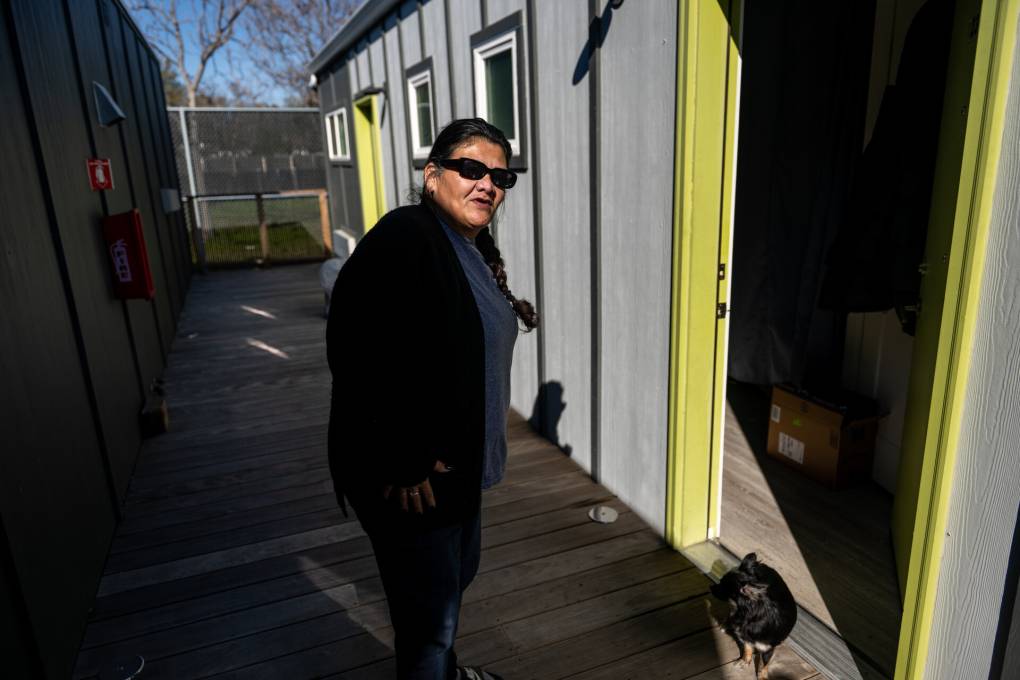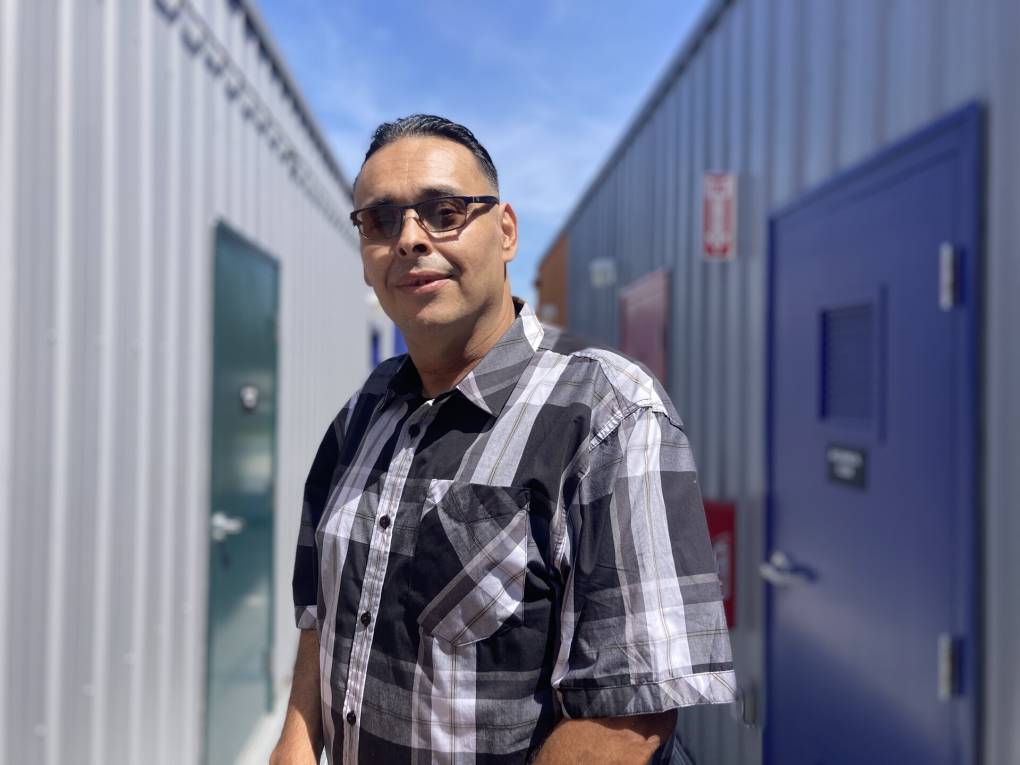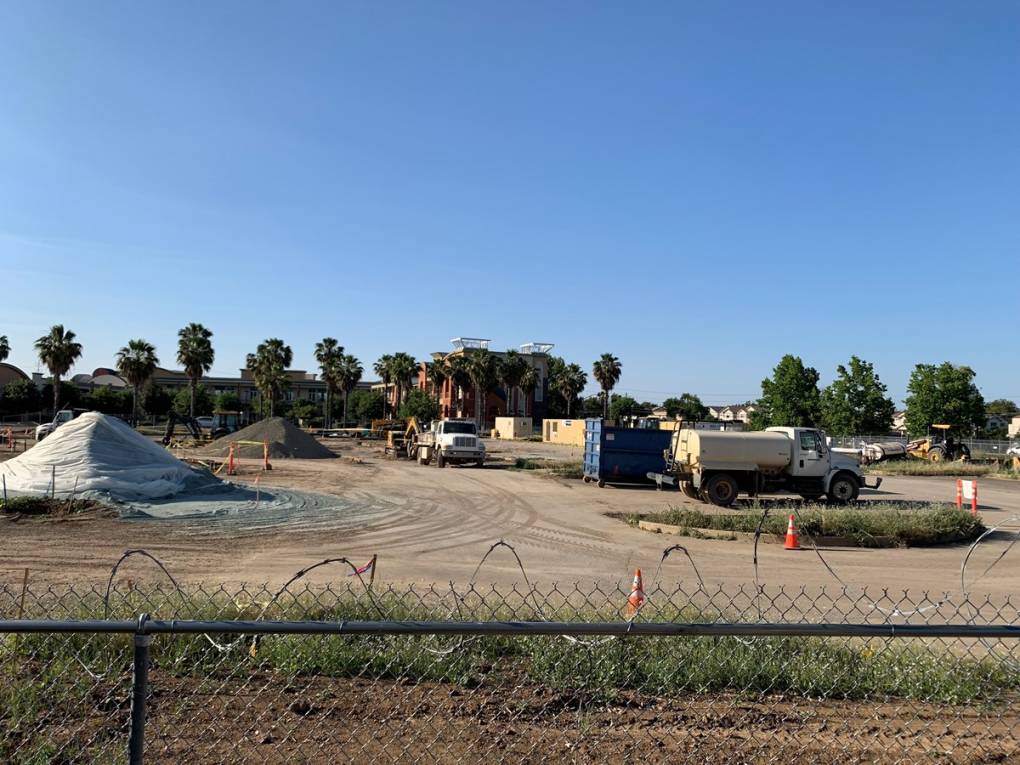Gov. Gavin Newsom is calling on the California National Guard to help deliver 1,200 small homes for people experiencing homelessness across the state. Newsom’s latest push to address the state’s sprawling homelessness crisis also will provide nearly $1 billion to California cities to help them address unsheltered homelessness and encampments.
As a candidate for governor, Newsom vowed to eliminate chronic homelessness if elected. But under his watch, the number of Californians living on the streets, in shelters or in cars has grown from around 130,000 in 2018 to more than 171,000 last year (PDF), according to data from the U.S. Department of Housing and Urban Development.
The announcement also comes with an updated goal to reduce homelessness by 15% statewide by 2025.
“In California, we are using every tool in our toolbox — including the largest-ever deployment of small homes in the state — to move people out of encampments and into housing,” Newsom said in a press release. “We are tackling this issue at the root of the problem by addressing the need to create more housing, faster in California.”
The California National Guard will assist with preparing and delivering the small homes, which were purchased by the state, to Los Angeles (500 units), San Diego (150), San José (200) and Sacramento (350).



